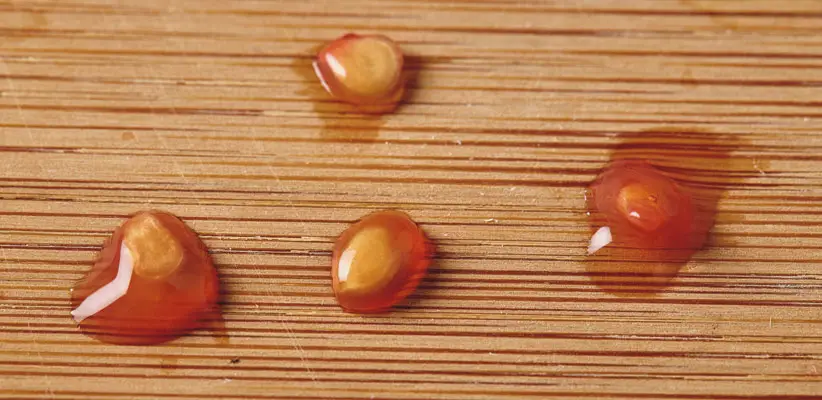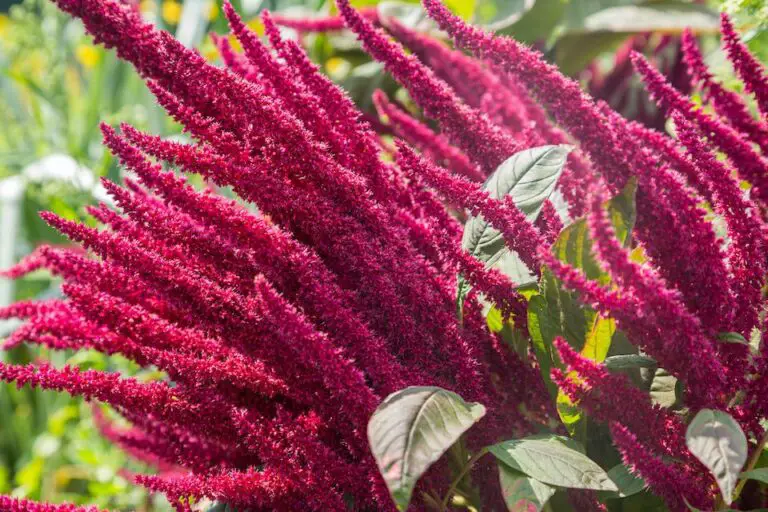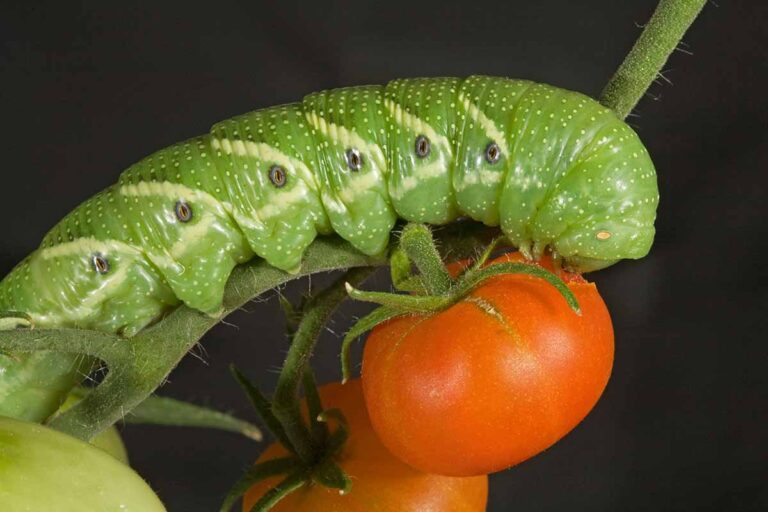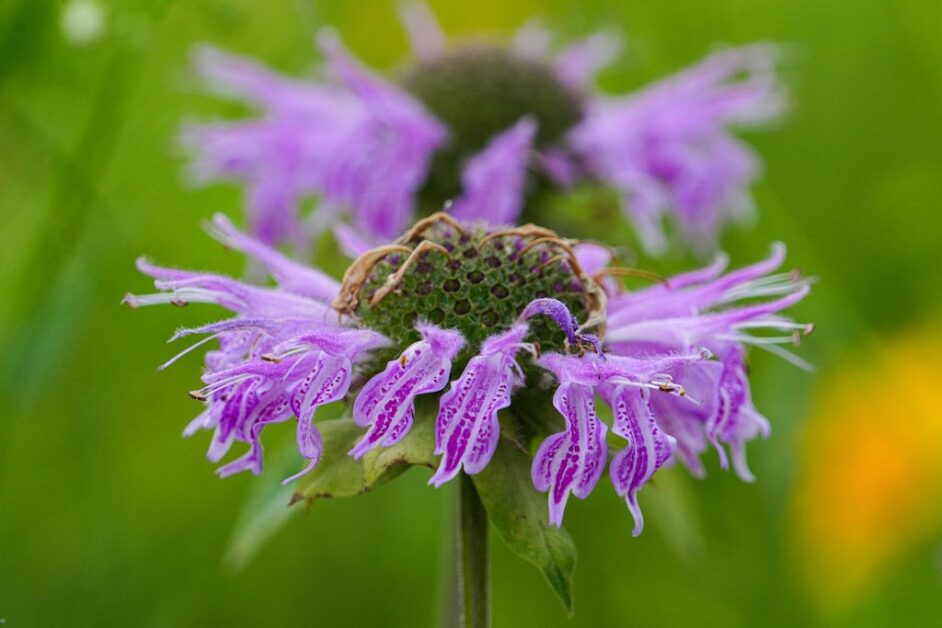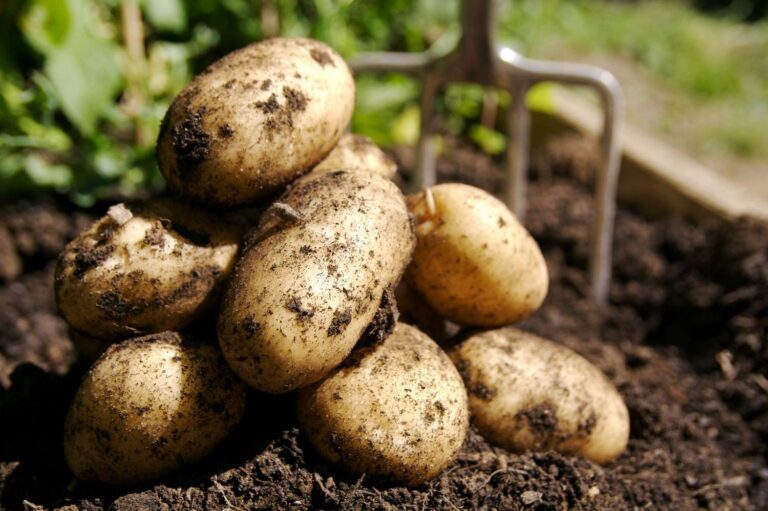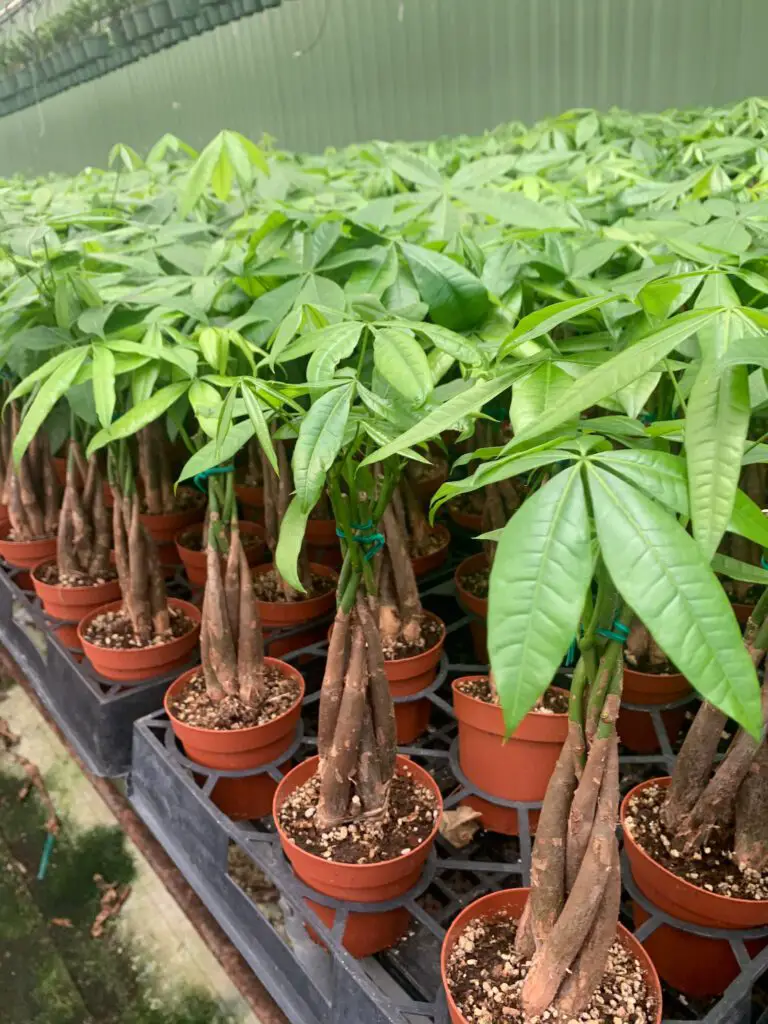Preserving Tomato Seeds: A Perfect Guide for Future Harvests
Table of Contents
Why Save Tomato Seeds
Saving tomato seeds is a rewarding practice that not only preserves heirloom varieties but also allows gardeners to have more control over their crop diversity. By saving tomato seeds from your best-performing plants, you can tailor your garden to suit your preferences and needs. Furthermore, saving tomato seeds is a sustainable approach that reduces reliance on commercial seed sources and promotes self-sufficiency in gardening.
Tomato seeds are packed with genetic information that holds the potential for future growth and adaptation. Saving tomato seeds from your strongest, most disease-resistant plants can help develop resilient strains that are better suited to your specific growing conditions. Additionally, by saving tomato seeds, you contribute to the preservation of unique flavor profiles and characteristics that are often lost in mass-produced varieties.
Selecting the Best Tomatoes for Seed Saving
When selecting tomatoes for seed saving, it is crucial to pick heirloom or open-pollinated varieties over hybrid ones. Heirloom tomatoes carry genetic traits that remain stable from generation to generation, ensuring the seeds you save will produce plants true to the parent. Hybrid tomatoes, on the other hand, result from cross-pollination of different varieties and may not produce offspring with the same desired characteristics.
Another factor to consider is the health and vigor of the tomato plants. Choose tomatoes that are disease-resistant and have shown strong growth throughout the growing season. Healthy plants are more likely to produce viable seeds that will yield robust seedlings in the next growing cycle. By selecting the best tomatoes for seed saving based on genetic stability and plant health, you can increase the success rate of your seed-saving efforts and enjoy a bountiful harvest of quality tomatoes year after year.
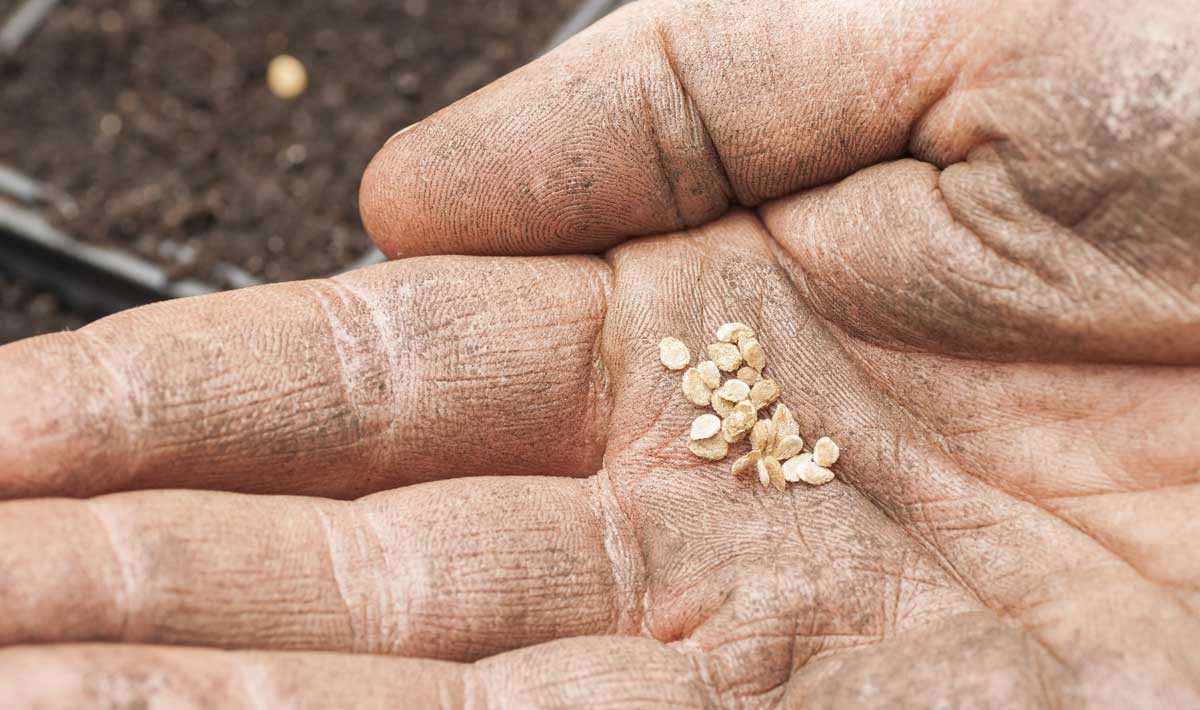
Harvesting Ripe Tomatoes for Seed Extraction
When it comes to harvesting ripe tomatoes for seed extraction, timing is crucial. Ripe tomatoes should be selected at the peak of their ripeness for the best seed quality. Look for tomatoes that are fully mature, showing their ideal color and firmness. Avoid overripe or underripe tomatoes as they may not have developed seeds properly.
To harvest the tomatoes for seed extraction, gently twist or cut the tomato open and scoop out the seeds along with the gel into a clean container. It’s important to collect seeds from a variety of healthy and disease-free tomatoes to ensure the viability of the seeds. Once you have extracted the seeds, let them sit in the gel for a few days to ferment, which helps to break down the gel coating and promote seed germination.
Fermenting Tomato Seeds for Longevity
Once you have selected the best tomatoes for seed saving, the next crucial step in the process is fermenting the tomato seeds for longevity. Fermentation helps break down the gelatinous coating surrounding the seeds, which can inhibit germination. To ferment tomato seeds, simply scoop out the seeds and gel from ripe tomatoes and place them in a jar with some water. Allow the mixture to ferment for a few days until a moldy layer forms on the surface. This process not only helps separate the seeds from the gel but also helps eliminate any pathogens that may be present.
After the fermentation process is complete, it is important to rinse the tomato seeds thoroughly to remove any remaining gel or mold. This can be done by adding fresh water to the jar, stirring the mixture, and allowing the viable seeds to settle to the bottom. Gently pour off the excess water along with any debris floating on top. Repeat this rinsing process a few times until the water runs clear, indicating that the tomato seeds are clean and ready for drying. Properly fermented and cleaned tomato seeds will have a higher germination rate and better longevity for storage.
Cleaning and Drying Tomato Seeds Properly
After harvesting ripe tomatoes for seed extraction, it is crucial to properly clean and dry the seeds to ensure their viability for future planting. To begin the process, first, remove the seeds from the tomato flesh by squeezing them into a container. Try to separate the pulp as much as possible, leaving behind only the seeds. Rinse the seeds in a fine mesh strainer under cool water to further remove any remaining pulp or debris.
Once the seeds are clean, transfer them onto a paper towel or a coffee filter to dry. Arrange the seeds in a single layer to prevent them from clumping together and ensure even drying. Place the seeds in a well-ventilated area away from direct sunlight to prevent them from overheating or molding during the drying process. Check the seeds regularly and gently stir or flip them to promote uniform drying. Drying times may vary depending on environmental conditions but be patient and allow the seeds to dry thoroughly before storing them for future use.
The list of cleaning and drying tomato seeds properly is given below:
- Harvest Ripe Tomatoes: Select fully ripe, disease-free tomatoes from healthy plants. Choose heirloom or open-pollinated varieties.
- Extract Seeds: Cut tomatoes and scoop out seeds along with gel into a clean container. Add a little water to aid in fermentation.
- Ferment Seeds: Allow the seed mixture to ferment in the container for 2-4 days, stirring daily. Fermentation removes gel coatings.
- Rinse Seeds: After fermentation, pour the seed mixture into a fine sieve and rinse under running water to remove debris.
- Dry Seeds: Spread rinsed seeds evenly on a paper towel or screen in a well-ventilated area away from direct sunlight.
- Label and Store: Once seeds are completely dry (usually 1-2 weeks), label them with variety and date, then store in a cool, dry place in a labeled envelope or jar.
Storing Tomato Seeds in a Cool, Dry Place
After harvesting and properly cleaning your tomato seeds, the next crucial step is to store them in an environment that maximizes their longevity and viability. Storing tomato seeds in a cool, dry place is fundamental to ensuring that they remain healthy and viable for future planting seasons. Exposing the seeds to excess moisture or heat can significantly reduce their germination rate and overall quality.
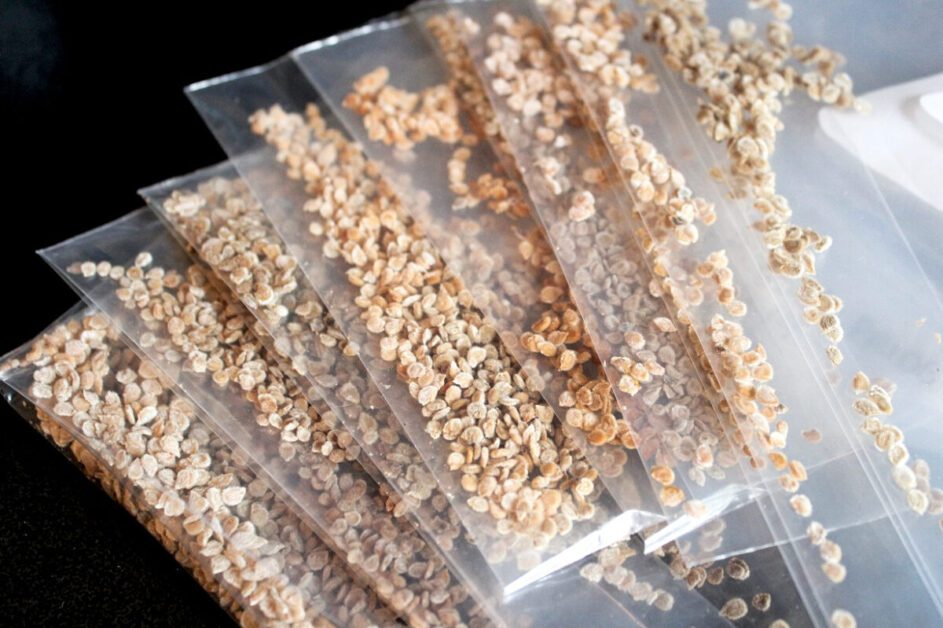
A cool and dry place, such as a sealed glass jar or an airtight container, is ideal for storing tomato seeds. Aim for a consistent temperature between 50-70°F (10-21°C) and relative humidity below 50% to prevent mold growth and seed deterioration. Avoid storing seeds in areas prone to temperature fluctuations or direct sunlight, as these conditions can compromise the seeds’ viability. Remember to label each container with the tomato variety and the date of collection to maintain proper organization and easy identification when it’s time to plant.
Labeling and Organizing Saved Tomato Seeds
After saving tomato seeds, it is crucial to properly label and organize them to maintain their viability and prevent mix-ups during planting. Each packet of saved tomato seeds should be labeled clearly with the tomato variety name, the date when the seeds were saved, and any specific notes or descriptions that may be helpful for reference. Organizing the saved tomato seeds in a systematic manner, such as alphabetically or by planting season, can make it easier to locate and access specific varieties when needed for planting.
Additionally, storing the labeled tomato seed packets in a cool, dry place away from direct sunlight and moisture can extend their shelf life and preserve their germination rates. Using airtight containers or seed storage bags can help further protect the seeds from humidity and pest damage. Regularly checking the stored tomato seeds for any signs of mold, discoloration, or damage and replacing them as needed ensures that only high-quality seeds are used for planting, leading to successful germination and healthy tomato plants.
Avoiding Cross-Pollination in Tomato Plants
In the realm of tomato plants, cross-pollination can significantly impact the purity of saved seeds and the desired characteristics of future plants. To avoid unintended interbreeding between different tomato varieties, it is crucial to implement proper isolation techniques in your garden. One effective method is physical isolation, where you physically separate different varieties by a certain distance to prevent the transfer of pollen between plants. Additionally, timing plays a key role in avoiding cross-pollination, as planting varieties with differing flowering periods can help minimize the risk of unwanted hybridization.
Furthermore, utilizing barriers such as row covers or netting can provide an extra layer of protection against cross-pollination in tomato plants. These physical barriers act as shields, preventing pollinators from transferring pollen between different tomato varieties. By incorporating these preventative measures into your gardening practices, you can maintain the genetic integrity of your tomato seeds and preserve the unique traits of each variety for future plantings.
Isolating Varieties for Pure Seed Saving
To ensure the purity of your saved tomato seeds, it is essential to isolate varieties from cross-pollination. This practice involves preventing different tomato varieties from mixing pollen, which can result in hybrid seeds that do not reflect the characteristics of the parent plants. By physically separating tomato plants or using barriers such as row covers, you can maintain the genetic integrity of each variety for pure seed saving. Implementing isolation techniques is crucial for preserving the distinct traits and qualities of specific tomato cultivars, allowing you to continue growing them from saved seeds season after season with consistency.
When isolating varieties for pure seed saving, it is important to understand the distance required to prevent cross-pollination between different tomato plants. The distance varies depending on the type of pollination the tomato plant undergoes. Self-pollinating tomato varieties, such as determinate tomatoes, generally require less isolation distance compared to open-pollinated or indeterminate varieties that rely on insects or wind for pollination. By researching the pollination methods of the tomato varieties you are growing and implementing the appropriate isolation techniques, you can safeguard the genetic purity of your saved tomato seeds and maintain the desired characteristics of each variety for successful cultivation in the future.
Testing Tomato Seeds for Viability
Once you have collected and dried your tomato seeds, it’s crucial to test their viability before planting them. Testing the viability will give you a better idea of the germination rate and help you determine how many seeds to sow for optimal plant growth. To test the viability of tomato seeds, you can perform a simple germination test at home.
To conduct a germination test, lay a damp paper towel on a plate and evenly distribute a few tomato seeds on top. Cover the seeds with another damp paper towel and place the plate in a warm location. Check the seeds daily for germination, and note the percentage of seeds that sprout. Typically, fresh tomato seeds should germinate within 7-14 days under proper conditions. A germination rate of 70% or higher is considered good, while rates below 50% may indicate low seed viability.
Reviving Old Tomato Seeds for Planting
Reviving old tomato seeds for planting can be a rewarding experience, allowing you to breathe new life into dormant seeds that might otherwise go to waste. Before planting old tomato seeds, it is essential to assess their viability to ensure successful germination. One way to test seed viability is by conducting a simple germination test, where a small sample of seeds is placed in a damp paper towel to observe the percentage of seeds that sprout.
Another method to revive old tomato seeds is scarification, a process that involves gently scratching the seed coat to facilitate water absorption and germination. This technique can be particularly useful for seeds that have hard coats and may benefit from a little help to kickstart the germination process. By employing these methods and techniques, you can breathe new life into aging tomato seeds and enjoy the satisfaction of nurturing them into healthy, vibrant plants.
Sharing Tomato Seeds with Other Gardeners
Sharing tomato seeds with other gardeners is a wonderful way to participate in the community of plant enthusiasts and contribute to preserving diverse varieties of this beloved fruit. By exchanging seeds, gardeners not only expand the genetic pool of tomatoes grown but also promote biodiversity in their gardens. Additionally, sharing seeds can foster a sense of camaraderie among fellow gardeners, creating a network for knowledge exchange and mutual support in the exciting world of plant cultivation.
When offering tomato seeds to other gardeners, it’s essential to provide clear labeling and detailed information about the specific variety, growing conditions, and any special characteristics of the plant. This ensures that recipients can make informed decisions about how to best care for the seeds and maximize their success in growing healthy tomato plants. By sharing seeds responsibly and transparently, gardeners contribute to a culture of sustainability and knowledge-sharing that enriches the gardening community as a whole.
Exploring Different Methods of Seed Saving
Exploring different methods of seed saving offers a wealth of options for gardeners looking to preserve and propagate their favorite plant varieties. One popular technique is dry seed saving, where seeds are simply dried on a clean surface before being stored for future use. This method works well for many plants, including tomatoes, and is relatively straightforward for beginners to try.
Another method that gardeners can explore is wet seed saving, which involves extracting seeds from the fruit and allowing them to ferment before drying. This process can help remove any gel or pulp surrounding the seeds, promoting better germination rates and seed longevity. Gardeners may find this method particularly useful for plants like tomatoes, where fermentation can enhance the quality of saved seeds.
Here are some of the methods to preserve the tomatoes seed:
| Method | Description |
|---|---|
| Dry Seed Saving | This method involves harvesting seeds from dry fruits such as beans, peas, and lettuce. After harvesting, allow the seeds to fully dry on the plant or indoors. Once dry, remove seeds from the pods or fruits, clean off any debris, and store them in a cool, dry place in labeled envelopes or jars. |
| Wet Seed Saving | Wet seed saving is suitable for seeds from fleshy fruits like tomatoes, cucumbers, and squash. Harvest ripe fruits and scoop out seeds along with pulp into a container. Add water and allow the mixture to ferment for a few days, stirring daily. Rinse the seeds to remove debris, then dry them thoroughly before storing. |
| Fermentation | Fermentation is a common method for saving seeds of plants like tomatoes, peppers, and melons. Similar to wet seed saving, it involves fermenting seeds in a water and pulp mixture to remove gel coatings and reduce the risk of disease. After fermentation, rinse and dry seeds before storage. This method also encourages seed viability and germination. |
| Direct Seeding | Direct seeding involves allowing plants to go to seed in the garden beds. This method is suitable for self-pollinating plants like lettuce, arugula, and cilantro. Allow plants to bolt and produce seeds. Harvest mature seeds, dry them thoroughly, and store them for future planting. |
Understanding the Lifecycle of Tomato Plants
Tomato plants, known scientifically as Solanum lycopersicum, undergo a fascinating lifecycle that consists of several distinct stages. The first stage begins with the emergence of a seedling from a planted tomato seed. As the seedling grows, it develops into a mature plant characterized by its sprawling vines and lush green leaves. In the next phase, tiny yellow flowers bloom on the tomato plant, attracting pollinators such as bees and butterflies. These flowers eventually transform into young green fruits, which gradually ripen into the familiar red, yellow, or orange tomatoes that we enjoy in salads, sauces, and other culinary delights.
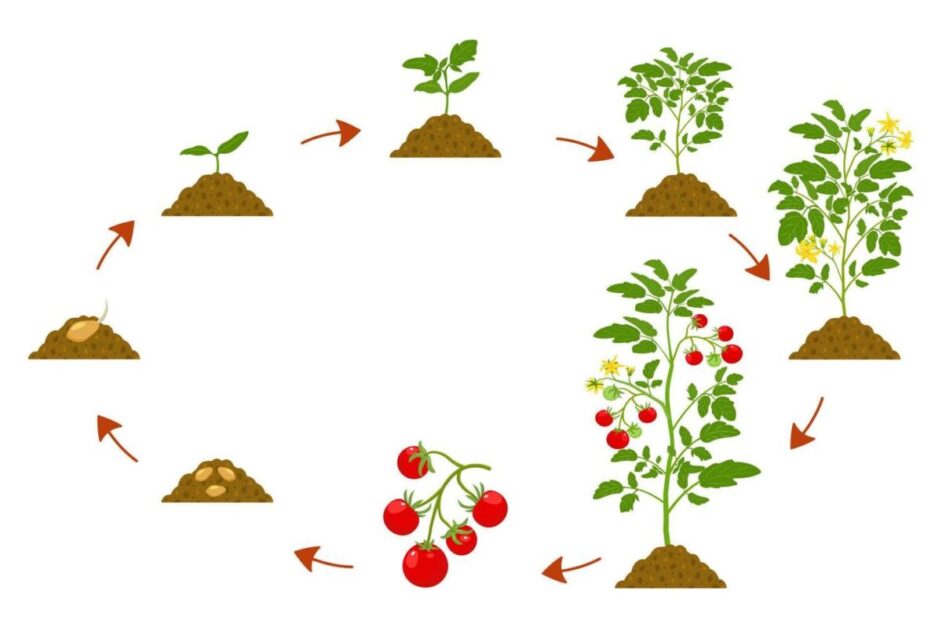
Each tomato fruit contains numerous seeds encapsulated in a gel-like substance. These seeds hold the genetic information necessary for the development of new tomato plants. When mature tomatoes are harvested for consumption, gardeners can extract and save the seeds for future planting. By understanding the lifecycle of tomato plants and the significance of seed saving, gardeners can perpetuate specific traits, flavors, and characteristics of their favorite tomato varieties. This cyclical process of growth, reproduction, and seed saving not only sustains the biodiversity of tomato plants but also enables gardeners to connect more deeply with the natural world around them.
Celebrating the Joy of Growing Tomatoes from Saved Seeds
Growing tomatoes from saved seeds is a rewarding journey that connects us to nature’s cycles and the legacy of our gardening efforts. The thrill of nurturing a tiny seed to a flourishing plant is unmatched, especially when it yields vibrant fruits that originated from your own seed-saving endeavors. Each tomato harvested from saved seeds is a testament to our dedication to sustainable gardening practices and the preservation of heirloom varieties for future generations to enjoy.
As we witness the bountiful harvest of tomatoes grown from saved seeds, we are reminded of the interconnectedness of our actions with the natural world. The process of seed saving not only empowers us as gardeners but also contributes to the biodiversity of our gardens, fostering resilience and adaptability in our plants. Celebrating the joy of growing tomatoes from saved seeds is an invitation to honor the legacy of our shared agricultural heritage and the endless possibilities that spring forth from a single seed sown with care and reverence.
To learn how to preserve tomatoes seed watch the full video.
Can I save seeds from any type of tomato?
It is best to save seeds from open-pollinated or heirloom tomatoes to ensure genetic diversity and true-to-type offspring.
How do I know if my tomato seeds are viable?
You can perform a germination test by placing a few seeds on a damp paper towel in a warm area. If they sprout within a week or two, they are viable.
How long can tomato seeds be stored for?
If stored properly in a cool, dry place, tomato seeds can remain viable for up to 5-10 years.
Is it necessary to ferment tomato seeds before saving them?
While fermenting tomato seeds can help remove the gel coating and prevent mold, it is not always necessary for all varieties.
Can I save seeds from store-bought tomatoes?
It is possible to save seeds from store-bought tomatoes, but keep in mind that they may not produce offspring true to the parent plant due to hybridization.

